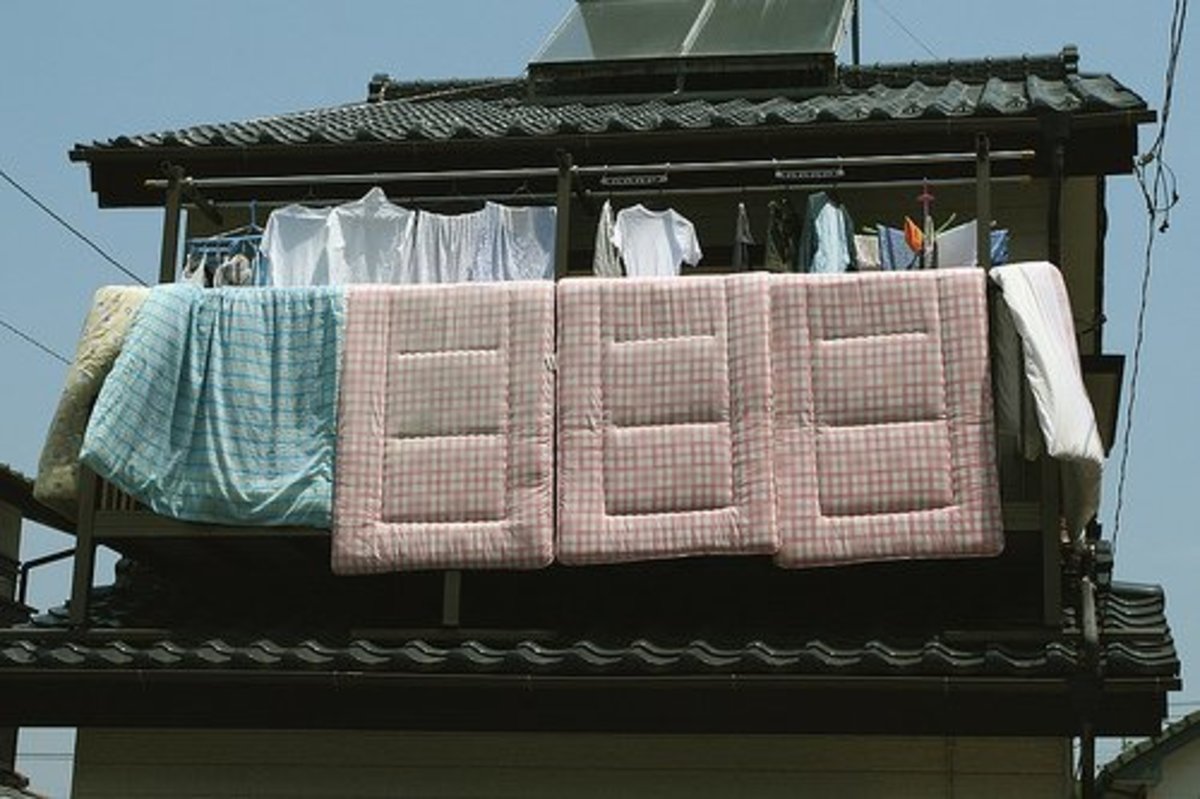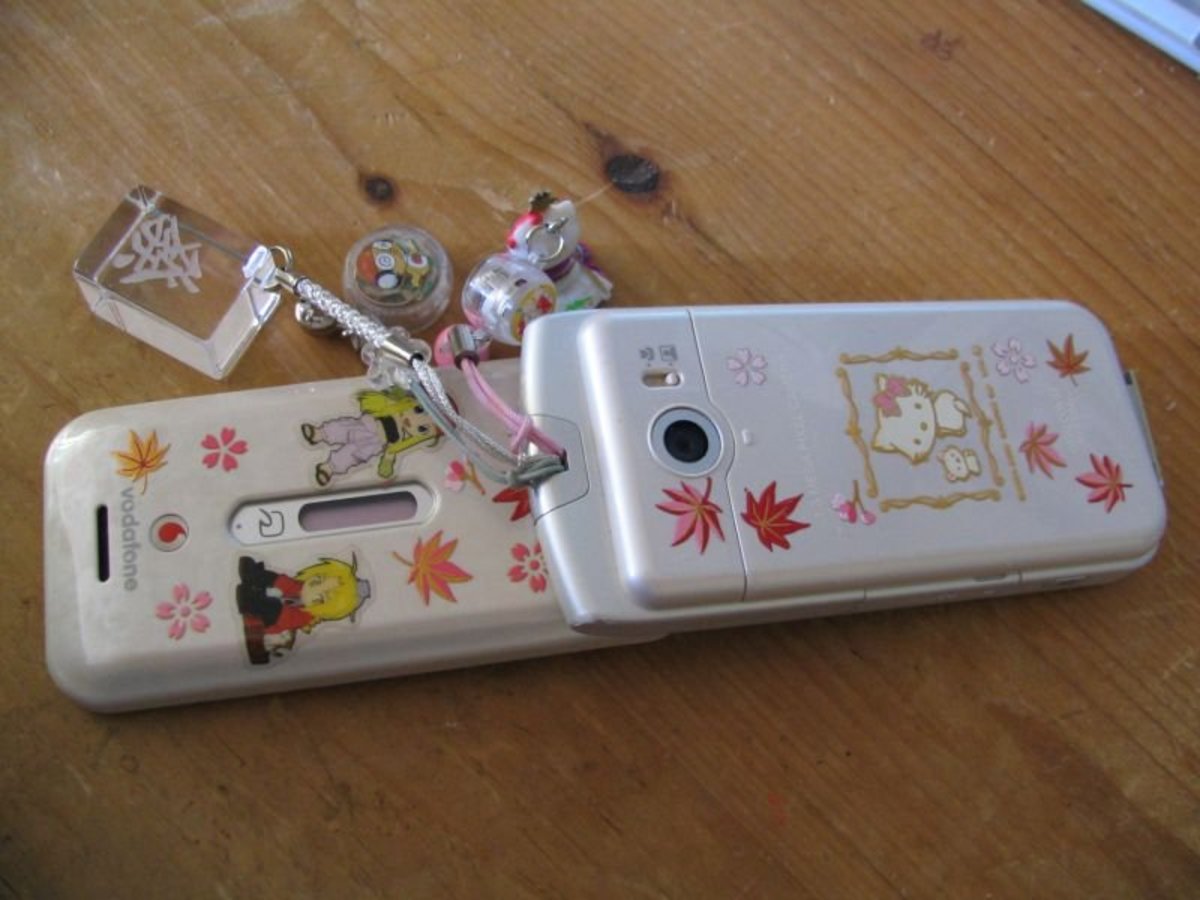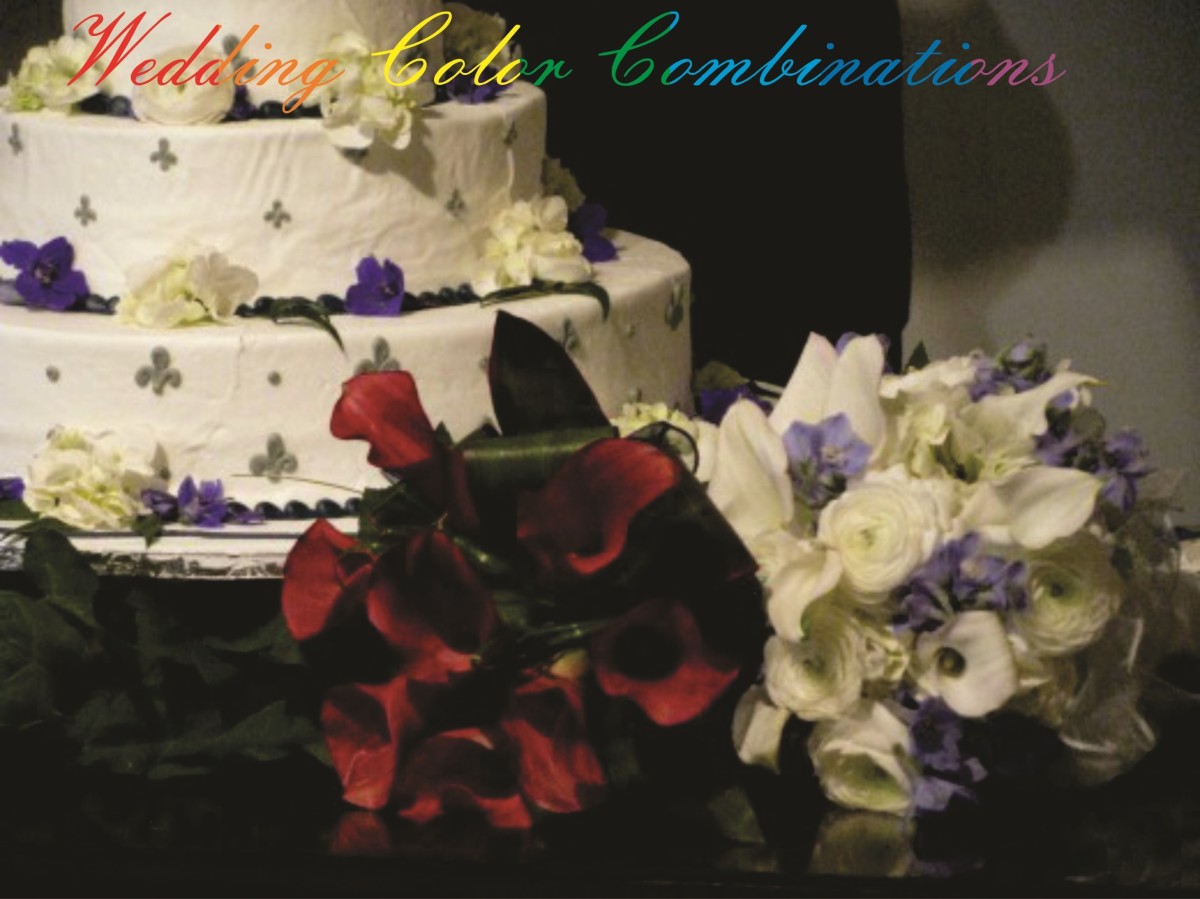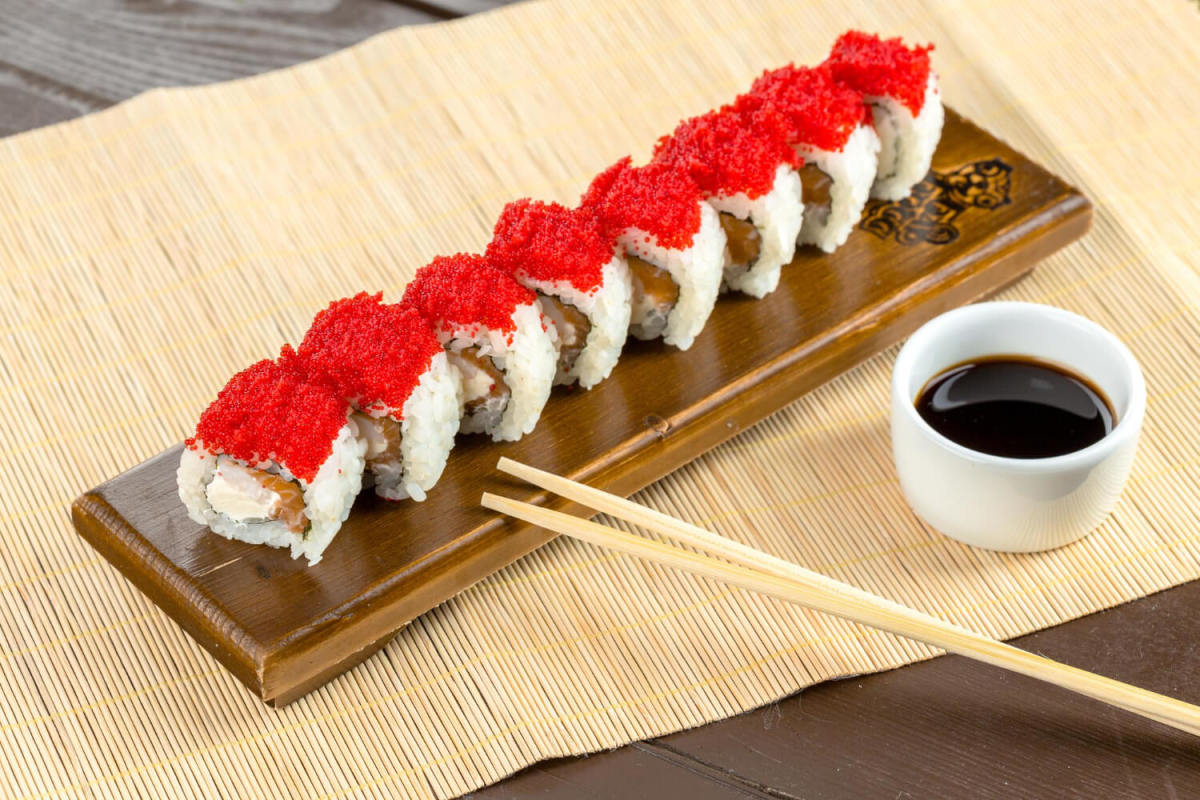The Almanac That Fixes Time

An Almanac of Time ... Truth, Superstition or Tradition?
A YOUNG man from rural Japan moved to Tokyo to attend college. There he met a pretty, intelligent girl and planned to marry her. But his family so vehemently opposed the courtship that the young man was forced to give up his love. Why? Because his year of birth and her year of birth, according to the traditional Japanese calendar, were considered incompatible.
On June 13, 1985, a company wanted to start work on the structural steel for a new residence building in Japan. However, the steel construction company preferred not to do so on the suggested day because it was a "bad luck day" according to the traditional Japanese calendar.
There is no doubt that the Japanese are an intelligent, industrious, and educated people. Yet, there is a deep-rooted tradition that prescribes an auspicious time for every undertaking. In Japan there is a time to do or not to do everything. How did such a regimented, superstitious concept of time originate? To what extent is life in modern Japanese society affected? And how will an understanding of the matter benefit us?

The Traditional Japanese Calendar
MONTHS IN THE JAPANESE CALENDAR
Although the Western-style calendar is in common use in Japan, an ancient lunar calendar, adopted from China in 604Â C.E., is often used alongside it. This system of counting time is based on a sexagenary cycle, or a cycle of 60, formed by the permutation and combination of two sets of symbols called the 10 celestial stems and the 12Â terrestrial branches.
In the Japanese version, the former (the ten stems) are based on the Japanese concept of the universe, which is said to consist of five elements-wood, fire, earth, metal, and water-and each element has two aspects: yang (male, or such positive traits as brightness, warmth, dryness, action) and yin (female, or such negative qualities as darkness, cold, wetness, passivity). The 12Â terrestrial branches are represented by a sequence of 12 animals: rat, ox, tiger, hare, dragon, snake, horse, sheep, monkey, rooster, dog, and boar.
The cycle begins with the combination of the first stem with the first branch, namely, wood-yang rat. Next is the combination of the second stem with the second branch, or wood-yin ox. Then follows fire-yang tiger, fire-yin hare, and others. The total combination in this fashion is 60, hence the sexagenary cycle. Days, months, and years are all counted by the same cycle of 60. The year 604Â C.E. started the first cycle, and a new cycle began every 60 years after that. The present cycle began in 1984. So, what will 2013 be? Since it is the ninth year in the cycle, it is the year of the black water snake.
IZUMO SHRINE
People believed that in NanaTsuki (October), all the gods and deities gathered at Izumo Shrine (near modern Matsue in Shimane Prefecture). In a sense, for other Prefectures, it was a "Month of No Gods."
Even today, many Japanese people still consult the almanac to try to determine good or bad luck, success or failure, in all sorts of activities in everyday life.
For example, many people in Japan still believe that a person born in a certain year takes on the characteristics of the animal represented in the combination for that year. Those born under the sign of the rat, for instance, are said to be restless and stingy.
So you were born during the Year Of The Rat. Well now, how about that? One thing going in your favor is your ability to see the humor in the situation. This makes it easier for you during the times you put other than your best foot forward.
Legend has it that in the year that Buddha called all the animals that he had assigned to the different years, it was the Rat who came first to him. This led people to believe that the Rat year is lucky and would be a year of good fortune with many opportunities.
Disney heirs will testify how lucky rodents really are. The Rat is sociable and blessed with many friends.
Those born in the year of the OX are patient and slow; the TIGER, gruff and harsh; the SNAKE, suspicious and unable to get along with others. 'Oh, she's born in the year of the snake - that's why she's the way she is!' Expressions like that are still commonly heard in Japan.
According to the almanac, women born in the fire-yang-horse year (43rd in the cycle) are supposed to be especially headstrong, with a tendency to kill their husbands. Consequently, people, especially those in rural Japan, avoided having children in that year, resulting in marked decreases in the size of school classes. Thus, in October 1985 the newspaper Asahi Shimbun, under the headline "Bankruptcies of the Cramming Schools Soaring," explained that in 1966 (a fire-yang-horse year), births in Japan were markedly lower than normal, and children born in that year would normally have supported the schools in 1984 and 1985.
Certain days of the cycle are considered auspicious or lucky, and others just the opposite. Among the latter are the Gomunichi, or five tombs days, on which the earth must not be disturbed or moved. Many people cautiously avoid holding a funeral on such days, for no one wants to end up with five tombs, that is, with five people dead. Just to be sure, before any major undertaking, some must consult the almanac.
The Yearly Almanac That "Fixes" Time
Because of the obvious astrological connections, the symbols in the cycle soon came to have superstitious meanings attached to them.
These various cycles and observances were eventually printed in a yearly almanac. A prime example of this is: The Shinto kami O-Kuni-Nushi-no-Kami is also called Onamochi or O-Mono-Nushi-No-Kami. His name is often translated as Prince Plenty or the Great Landlord God. The myths about O-Kuni-Nushi come from two primary Japanese sources:
Kojiki -
(Records of Ancient Matters), written in 712 C.E. and the Nihon Shoki
Nihongi -
(Chronicles of Japan), written around 720 C.E. Lafcadio Hearn, in Japan.
An Attempt at Interpretation, observes that though these manuscripts are supposed to be histories (and were taken to be such by generations of Japanese), they obviously contain a large amount of mythology. The writings come from an oral tradition passed on for many generations.
Kabuki Theatre

Full size replica of a Kubuki Theatre - by hawk684-flickr
Japanese Kabuki
Kabuki literally means, song and dance. It is one of the old traditional forms of theatrical entertainment developed by a temple dancer, Izumo no Okuni, in the early 17th Century.
The traditional white japanese wedding kimono is called shiro-maku.Shiro meaning white and maku meaning pure.
The wedding kimono actually consists of two different kimono. The white wedding kimono is worn for the wedding ceremony and an elaborate rich patterned silk brocade kimono called uchikake is worn over the white kimono at the wedding reception.
The bright and colorful uchikake kimono originated in the Edo era and originally only worn by court nobles. The kimono is made of silk and silk brocade. Rich in fine embroidered patterns, the uchikake is embellised with scenes of flowers, cranes, pines, flower carts or nature motifs. While red is the most popular color for the uchikake kimono, there are many different colors available from a stunning imperial purple to sea green. The bridal kimono is sometimes handed down in the family or made into futon bedding later in life.
In a traditional Japanese wedding, the brides hair is also styled in the traditional hair style called bunkin-takashimada and adorned with beautiful gold combs and accessories called kanzashi. The white wedding hood called tsuno kakushi is meant to hide two front golden "tsuno" or horns during the wedding ceremony to symbolize obedience.
Like American weddings, there are traditional wedding accessories that are worn for tradition and are said to bring good luck. The bride carries a small purse style sack called hakoseko and a small encased sword called kaiken. Lastly, a fan is worn in the obi belt for tradition holds that the gradual widening of the open fan implies happiness and thus brings a happy future
.For weddings, the complete bridal kimono and kimono apparel is usually rented. Kimono are also very rarely worn as every day clothing anymore. If you go to a small rural town in Japan or one of small islands like Okinawa, you will see the traditional every day kimono worn mostly by elders.
Traditional Japanese Wedding
Japanese Kimono - Did you know?
The word kimono simply means "things to wear" and is pronounced kee-mo-no. The plural of kimono is simply kimono. The kimono has had a long history in Japan and the kimono has changed over time to reflect the society and culture of that period.
Kimono for the children - They are soooo cute
I am impressed with the apparel and costumes Amazon has for both adults and children and they look comfortable too. Check it out!
Kojiki - Volume I - by Basil Hall Chamberlain
The Kojiki (Records of Ancient Mariners) is a classic. It is the oldest connected literary work and the fundamental scripture of Shinto.
Accepted as fact until quite recently, it is a key to the historical roots of the Japanese people - their early life and the development of the character and institutions - as well as a lively mixture of legend and history, genealogy, and poetry. It stands as one of the greatest monuments of Japanese literature because it preserves more faithfully than any other book the mythology, manners, language and traditions of Japan. It also provides a vivid account of a nation in the making.
The work opens, "when chaos had begun to condense, but force and form were not yet manifest, and there was nought named, nought done...." Epic material is complemented by a fresh bucolic vein expressed in songs and poetry.

Kojiki: Webster's Timeline History - 712 - 2006
Webster's bibliographic and event-based timelines are comprehensive in scope, covering virtually all topics, geographic locations and people. They do so from a linguistic point of view, and in the case of this book, the focus is on "Kojiki," including when used in literature (e.g. all authors that might have Kojiki in their name). As such, this book represents the largest compilation of timeline events associated with Kojiki when it is used in proper noun form.
Webster's timelines cover bibliographic citations, patented inventions, as well as non-conventional and alternative meanings which capture ambiguities in usage. These furthermore cover all parts of speech (possessive, institutional usage, geographic usage) and contexts, including pop culture, the arts, social sciences (linguistics, history, geography, economics, sociology, political science), business, computer science, literature, law, medicine, psychology, mathematics, chemistry, physics, biology and other physical sciences.
This "data dump" results in a comprehensive set of entries for a bibliographic and/or event-based timeline on the proper name Kojiki, since editorial decisions to include or exclude events is purely a linguistic process. The resulting entries are used under license or with permission, used under "fair use" conditions, used in agreement with the original authors, or are in the public domain.
The Nihongi Chronologies.
W.G. Aston's Nihongi is the standard translation of one of Japan's greatest works of early literature. For those studying early Japanese history or folklore it is a must read. It describes the creation myths of Japan, the origin of Amaterasu, the sun goddess and the descent of the emperors from the gods (kami). It transitions slowly from myth to history somewhere around 400 AD as it begins to describe the acts of the emperors and Japan's interaction with its neighbors, most notably the kingdoms of Pekche, Silla and Koryo in what is now Korea.

Everything Modern Japanese
If you are interested in Japanese culture in these modern times, here are some books worth reading.
Japanese
To understand Japanese painting, one should know that it has always been torn between three mainstreams movements - Chinese, Japanese and Western.
Brandi Milne - Unique style. of Japanese Art

Cali
I looked up on the Vox World and found that there were only two posts tagged with "Brandi Milne". I was partially disappointed but mostly happy because it leaves the void for me to put in my plug about one of my favorite artists on the scene today.
Brandi Milne's art is hard to describe, though it has a flavor to it that you won't be able to forget for a long time.
She has a very strong style that is unique and in my opinion, fresh. When trying to think of someone I could compare her work to, I came up blank. Of course people make these connections and probably will in spite of what I say, but for the most part, she has a style that says "Brandi's" and no one else's.
I love the lanky, women in the paintings. In real life, obviously they'd be clutzy trying to get around with those long legs and oversized feet, but somehow she manages to show grace in her females in spite of the slight cartoony exaggerations.
Seriously, a personal favorite of mine and I hope I'll be able to obtain some of her work. :D
As nearly all forms of art, early painting had been under the influence of the Chinese culture. By and by, new and specifically Japanese styles were developed and painting schools were established. Each school practiced their own style. But the Chinese influence remained strong until the beginning of the Edo period (1603-1867). There is a general term to describe painting in Japanese style - yamato-e.
After the opening of Japan to the West under the Meiji period (1868-1912), the early years were marked by an exaggerated embracing of Western art. The newly founded universities established departments for Western art, called Western academic artists into the country as teachers and sent out students to study art in Europe - mainly in France and Italy.
Hand in hand with a rising nationalism, the pendulum soon went back the other direction. The public opinion began to recognize the richness of the old tradition and even condemned Western art.
The twentieth century was marked by co-operation. Art colleges offer departments for both Japanese and Western painting styles.
Servings: 4
Calories per serving: 84
Prep time: 5
Cook time: 5
Ingredients
5 ounce-weight tofu, silken
1 ounce-weight Seaweed, Wakame
2 tbsp onion, green, chpd, fresh
2 ounce-weight miso, paste, dark red
2 cup dashi*
Recipe Method
1. Cut tofu into small dice, roughly 1/2 cm thick cubes, then set aside.
2. Soak wakame seaweed in cold water, and cut into 3/4 inch strips.
3. Chop green onions finely, rinse in cold water and drain.
4. Place dashi in a soup pot and bring to a boil
5. In a small bowl, soften your miso paste with some hot dashi stock before adding it to your soup pot.
5. Add tofu, wakame into soup pot and boil briefly.
How to make Dashi*
An Ingredient in Miso Soup
Dashi is Japanese stock, which becomes the base of many Japanese dishes, such as soup, dipping sauce, and nimono (simmered dishes). Since dashi is often used in Japanese cooking, it's useful to know how to make it.
There are different kinds of dashi. It can be made from kombu (dried kelp), katsuo-bushi (dried bonito) flakes, niboshi (dried small sardines), hoshi-shiitake(dried shiitake mushrooms), and more. Kombu dashi and dried shiitake mushroom dashi are known as good vegetarian stocks.
It might take extra effort to make dashi, but good dashi makes your Japanese dishes taste much better. Let's learn to make different kinds of dashi.
1. Heat Water
2. Just before the water boils, add dried bonito flakes (katsuobushi)
3. When the water boils, skim off any foam that rise to the surface.
4. Stop the heat and wait until bonito flakes sink.
5. Strain the stock through a paper towel.
And that's it. Easy breezy.
One of the most popular street foods in Japan, and for good reason. Japanese business men will flock into small restaurants to enjoy these delicious skewers before their long commute home at the end on the day.
Servings: 6
Calories per serving: 544
Prep time: 15
Cook time: 15
Ingredients
Yakitori
2 pound raw chicken thighs, boneless & skinless
1 bunch scallions
1 tsp salt, coarse
Sauce
2 cup soy sauce
2 cup mirin *
1 cup japanese saki
6 tbsp white sugar, or more to taste
2 tbsp honey
Recipe Method
You will need about 20 bamboo skewers to complete this recipe.
1. First the Yakitori. Rinse the chicken thighs under cold water and blot the dry with paper towel. Cut the chicken into pieces that are about 1.5" long and about 1/2" wide.
2. Cut the scallions crosswise into 1 1/2" pieces. Skewer 3 pieces of chicken and 2 scallions on a bamboo skewer, alternating pieces of chicken and scallion. Repeat until you use all the chicken. Refrigerate the yakitori until you're ready to cook.
3. Make the sauce. Place the soy sauce, mirin, sake, sugar, and honey in a deep heavy saucepan over medium heat and stir to mix. Gradually bring the sauce to a bowl, stirring with a wooden spoon. Taste for sweetness and add more sugar if necessary. Reduce the heat a simmer to reduce the sauce for about 10-15 minutes until the sauce has the consistency of heavy cream. Once it's done, split the sauce into two equal portions.
4. Season the yakitori with salt then cook them over medium heat on your grill. Once the chicken is half cooked, dip the skewers into one of the portions of sauce and return the skewer to the grill to complete cooking. Repeat for all skewers.
5. Once the chicken is done, set aside and dip into the other portion of sauce not used while cooking just before serving the skewers.
Enjoy!

*What is Mirin?
An Ingredient Used in Chicken Scallion Yakitori
Commonly called Rice Wine, characterized by a sweet taste and a low alcohol content, mirin is a popular Japanese cooking wine. While use in cooking is far and away the most common application of mirin, the wine is sometimes employed as a ceremonial drink at the beginning of the new year and a few other special occasions. The main benefit of mirin is the dash of sweetness that the alcohol provides for a number of dishes and sauces that are common to Japanese cuisine.
In appearance, mirin has a golden hue that is very pleasing to the eye. In addition, the inclusion of this sweet cooking wine will also provide slight sheen when used to prepare fish and various types of meat. Using mirin as an ingredient for coating or covering with a sauce helps to enhance the presentation of the dish, helping the food to be as visually appealing as it is flavorful.
The creation of mirin begins with glutinous rice that is combined with distilled spirits. Manufacturers of this rice wine only allow the fermentation process to go so far, since the focus is on achieving the correct level of sweetness and not necessarily a given level of alcohol content. It is the sweet property of the wine that helps to lessen the overall impact of strong fish odors in a number of recipes, while still managing to enhance the flavors of other ingredients in the recipe. Because the sweet taste is very strong, a small amount of mirin in a recipe will produce excellent results.
While mirin does not have a high alcohol content, it is often found in the liquor department of supermarkets, as well as in wine and spirits shops. This is true even for the two ceremonial versions of mirin that are used to celebrate the new year, hon and shin.
While mirin is still primarily an additive in dishes that are indigenous to Japan, more people are choosing to use mirin as a recipe in other dishes as well. Mirin is ideal for toning down strong tastes and odors with a variety of meats. This property will no doubt help this excellent Japanese sweet cooking wine to become a more common item in kitchens around the world.
Japanese-English Dictionary - Best available.
If you are a beginning Japanese student without any experience with Japanese script, this is a good book for you. However, if you are a student who has more experience with the script, a better recommendation might be Kodansha's Furigana Japanese-English Dictionary or Kodansha's Furigana English-Japanese Dictionary.
While there is no substitute for a good electronic dictionary, in terms of amount of vocabulary and compact convenience, this is probably the best paper Japanese/English English/Japanese dictionary available.

Credits
Guirand, Felix. "Japanese Mythology," in New Larousse Encyclopedia of Mythology. New York: Prometheus Press, 1959.
Hearn, Lafcadio. Japan: An Attempt at Interpretation. Richmond, Vermont: Charles E. Tuttle Company, 1904.
--------------------------------------------------------------------------------
Web Site Links
Okuninushi no kami, from Basic Terms of Shinto, by the Institute for Japanese Culture and Classics, Kokugakuin University. Available on line: Okunisnushi no kami, from Basic Terms of Shinto
Kojiki: Records of Ancient Matters (complete), translated by B.H. Chamberlain. Available on line: Kojik: Records of Ancient Matters
Shinto Sacred Texts, collected by J.B. Hare. Available on line: Shinto Sacred Texts (Includes excerpts from the Nihongi.)
Oh-Kuni-Nushi, by Virtual Illusions. Available on line: Oh-Kuni-Nushi
Ohkuni-nushi. Japanese Myth Homepage, by Cycle's Square. Available on line: Ohkuni-nushi. Japanese Myth Homepage<?a>

Are you a writer?
Would you like to make a lens like this one?
If you haven't made one yet and you are interested in how to publish a page like this, it is really quite easy.
Just Click Here to begin ... open a free account and start your own "lens" here on squidoo on a topic of your choice.
Your time to state your opinion. Love it or hate it?
Are you fascinated by Japanese culture?













